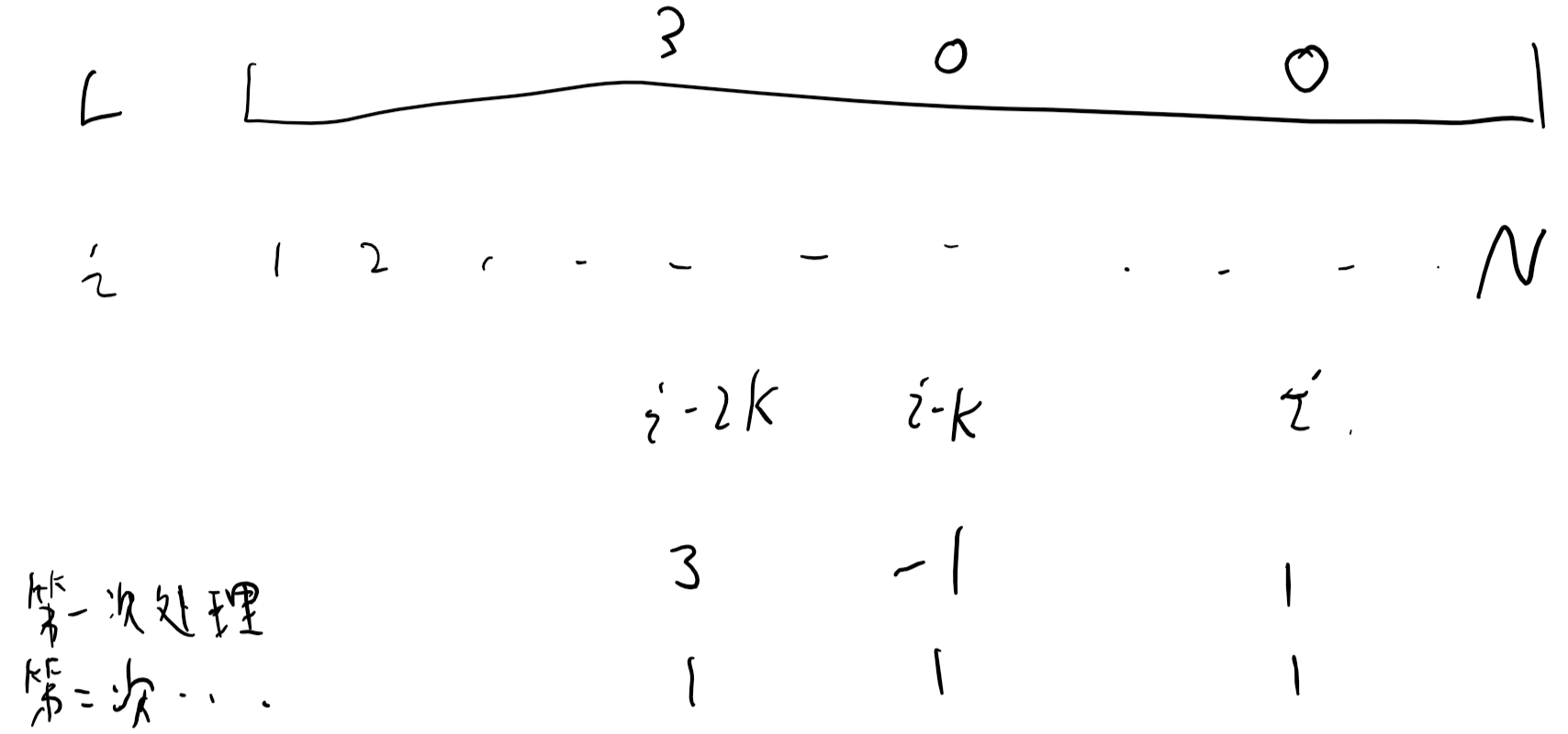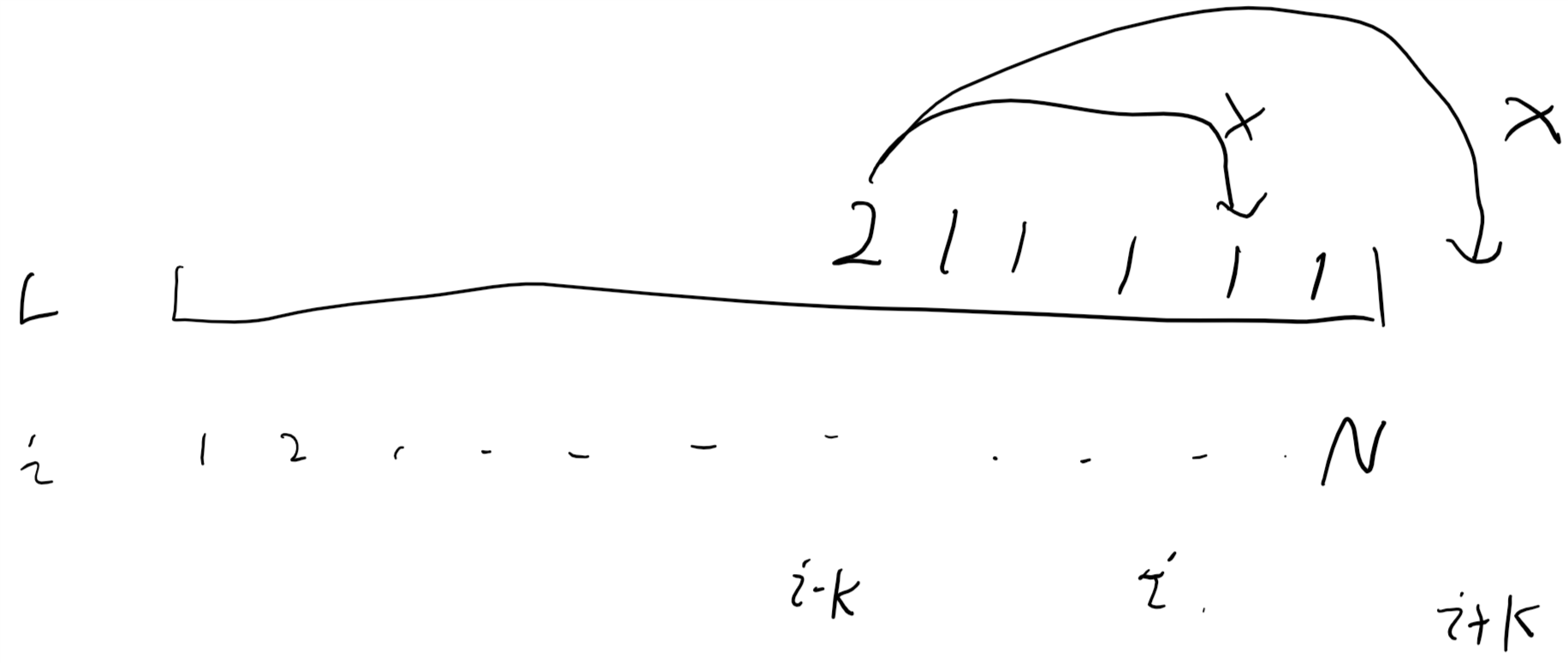HDU-5090 Game with Pearls
题目:
Game with Pearls
Time Limit:1000MS Memory Limit:65536KB 64bit IO Format:%I64d & %I64u
Description
Tom and Jerry are playing a game with tubes and pearls. The rule of the game is:
1) Tom and Jerry come up together with a number K.
2) Tom provides N tubes. Within each tube, there are several pearls. The number of pearls in each tube is at least 1 and at most N.
3) Jerry puts some more pearls into each tube. The number of pearls put into each tube has to be either 0 or a positive multiple of K. After that Jerry organizes these tubes in the order that the first tube has exact one pearl, the 2nd tube has exact 2 pearls, …, the Nth tube has exact N pearls.
4) If Jerry succeeds, he wins the game, otherwise Tom wins.
Write a program to determine who wins the game according to a given N, K and initial number of pearls in each tube. If Tom wins the game, output “Tom”, otherwise, output “Jerry”.
Input
The first line contains an integer M (M<=500), then M games follow. For each game, the first line contains 2 integers, N and K (1 <= N <= 100, 1 <= K <= N), and the second line contains N integers presenting the number of pearls in each tube.
Output
For each game, output a line containing either “Tom” or “Jerry”.
Sample Input
2
5 1
1 2 3 4 5
6 2
1 2 3 4 5 5
Sample Output
Jerry
Tom
代码:
1 | // oj.cpp : 定义控制台应用程序的入口点。 |
解析&吐槽:
貌似我没在网上看到和我相同做法的人。采用我的方法可以把复杂度降到 O(n),总耗时只有 0ms。
题目给你了一个有 n 项的数列和一个数字 k,给每个数字加上 k 的倍数(或者加 0)得到一个新的数列, 问你对此数列排序之后能不能得到一个以 1 开头,以 n 结尾,公差为 1 的等差数列。
原理是这样的,我们建立一个数组 L 来表示某个数字出现几次, L[i]=a 表示数字 i 在原数列中 出现了 a 次。读入所有的数字来更新此数组,然后在 judge 函数中从后往前扫描。

如图所示,当找到一个 0 的时候(小于 0 的情况一会再说),必须在前面找到一个大于等于 2 的数字; 如果 i 的位置是 0,就表示数字 i 在数列中不存在,就必须找到一个数字 i-nk(n>=0) 来给它加 nk 得到 i。我们可以写一个 dfs 来找到前面大于等于 2 的数字(因为那个数字自己的位置在处理过后必须 也是 1),然后枚举结果,如果找不到那个数字,就返回 false。实际上第一次我也是这么做的:
1 | bool dfs(int i) |
这是我原来的代码,也可以 ac,就是效率比较低。
但是仔细想想我们就会发现,反正这个数组是从后往前扫描的,我们完全可以把一个数字处理好几遍。 如图所示:

i 处缺少一个 0,我们不需要依次扫描 i-k i-2k… ,只需要拿 i-k 处的个数补上 i 处的即可, 下次扫描到 i-k 处的时候就可以拿 i-2k 的数字来补上了。如果 i-k(注意是 i-k,不是 L[i-k]) 小于等于 0,代表没办法拿前面 的来补,那么数列一定不能符合要求,返回 false。这么做就不需要考虑 L[i]<0 的情况了, 如图所示:  如果用例可以满足题目要求,最后一定可以把 L 数组平均到每个数字都是 1,我们只需要拿 i-k 位置 的数字把 i 位置的补成 1 即可。
如果用例可以满足题目要求,最后一定可以把 L 数组平均到每个数字都是 1,我们只需要拿 i-k 位置 的数字把 i 位置的补成 1 即可。
需要注意的是 L[i]>=2 的情况。我们是从后往前扫描的,如果在 i 的后面有小于 1 的数字就一定 会拿 i 处的数字来补上了;如果 i 处的数字大于等于 1,说明后面的所有数字都已经被填成了 1, 已经没法把这个数字拿过去了(数列中的数字最大就是 n,我们是从 n 开始扫描的;i 不可能被加到 大于 n),这样一定是不符合要求的,返回 false: 
扫描到最后如果还没有返回 false,说明 L 从 1 到 n 的每一个数都变成 1 了,这个数列是可以生成 的,返回 true。
本作品采用 署名-相同方式共享 4.0 国际 进行许可。欢迎转载、使用、重新发布,但务必保留文章署名 “不科学的科学君” (Liu233w) 与博客链接: https://liu233w.github.io ,基于本文修改后的作品务必以相同的许可发布。如有任何疑问,请 与我联系 。
